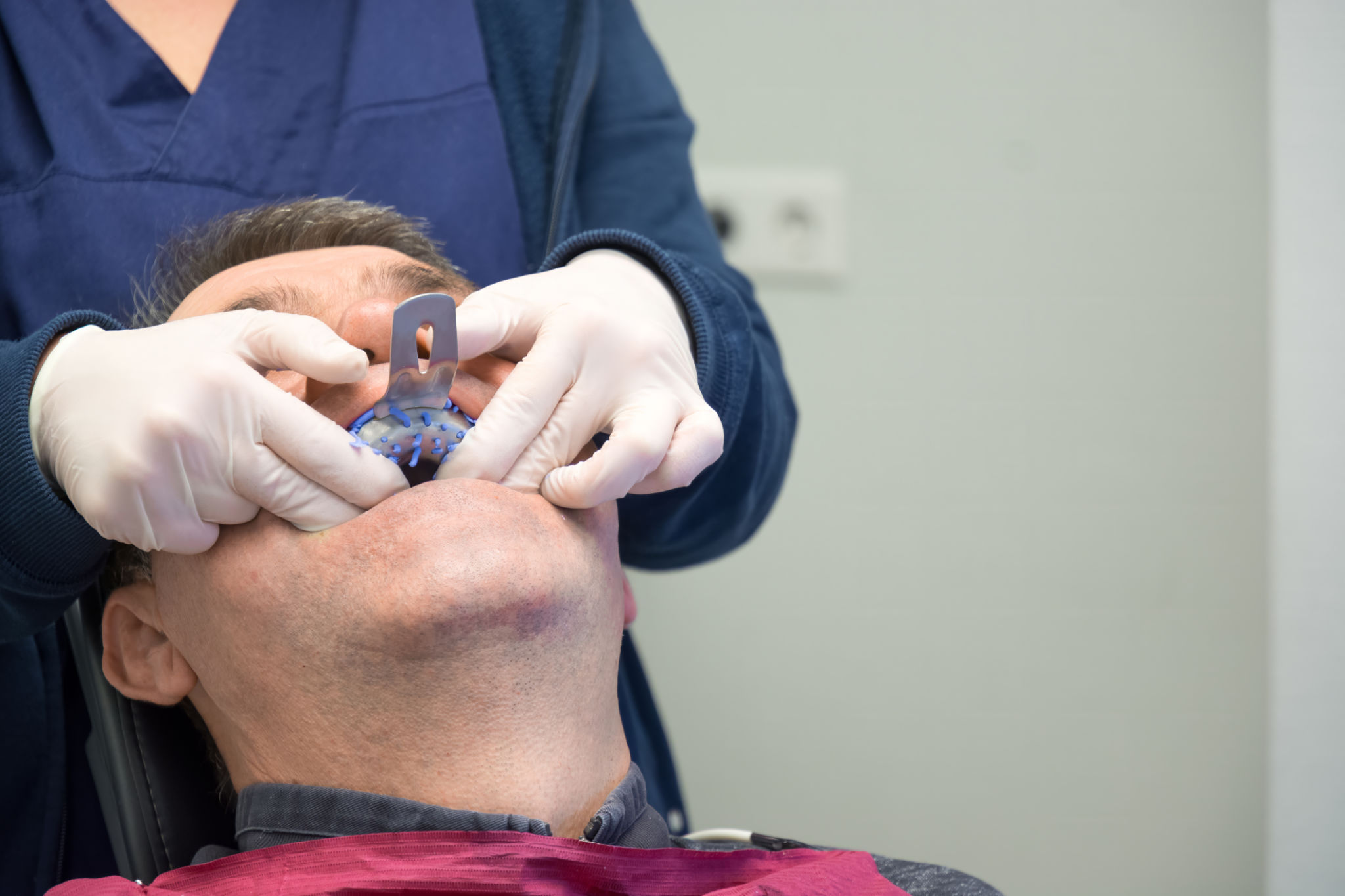How to Select the Best Restorative Demo Models for Your Practice
Understanding Restorative Demo Models
Restorative demo models are an essential tool for dental practices, providing both educational and practical benefits. These models help practitioners demonstrate procedures, explain treatment plans, and enhance patient understanding. Selecting the right demo models is crucial for effectively communicating complex procedures to patients.

Identifying Your Practice Needs
Before selecting restorative demo models, it's important to assess the specific needs of your practice. Consider the types of procedures you perform most frequently and the common questions or concerns your patients have. Identify models that align with your practice's specialty, whether it's crowns, bridges, implants, or other restorative treatments.
Think about the demographic of your patient base as well. For instance, if you have a significant number of pediatric patients, child-friendly models might be necessary. Tailoring your selection to meet the educational needs of your specific audience can greatly enhance patient communication and satisfaction.
Evaluating Model Quality
Quality is a critical factor when selecting restorative demo models. High-quality models not only provide a realistic representation but also withstand repeated use. Look for models made from durable materials that accurately mimic the appearance and texture of real teeth and gums.

Additionally, consider models that offer detailed anatomical accuracy. This can be particularly important when explaining complex treatments, as it helps patients visualize the process and understand the expected outcomes more clearly.
Considering Versatility and Flexibility
Versatile demo models can be invaluable in a dental practice. Opt for models that allow for various components to be added or removed, enabling demonstrations of multiple procedures with a single model. This flexibility can save time and resources while providing comprehensive patient education.
Some models come with interchangeable parts or additional features that demonstrate various stages of treatment. These options can be particularly useful in illustrating progressive treatments or multiple procedural options to patients.

Budgeting for Your Investment
While it's important to select high-quality models, it's equally crucial to stay within your practice's budget. Compare prices across different suppliers and consider the long-term value of the models you choose. Investing in durable, versatile models may initially cost more but can provide significant savings over time by reducing the need for frequent replacements.
Some suppliers may offer discounts for bulk purchases or loyalty programs for regular customers. Explore these opportunities to maximize your investment without compromising on quality or functionality.
Conclusion
Selecting the best restorative demo models for your practice involves a careful assessment of your specific needs, model quality, versatility, and budget. By taking the time to choose the right models, you can enhance patient understanding and improve communication within your practice. This investment not only benefits your patients but also contributes to the overall success and efficiency of your practice.